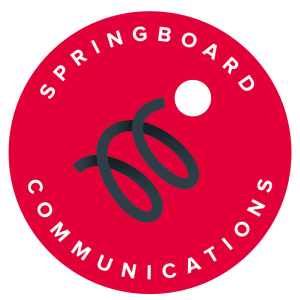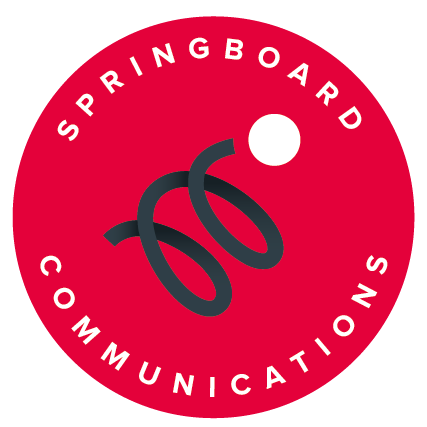
‘The Great Resignation’ – how strategic communication can help you retain talent.
By now you’ve all likely seen the coverage and reports around The Great Resignation, with reports highlighting that up to 40% of employees are considering leaving their current job in the next year.
We know that the last two years has been a steep learning curve for both employees and management, changing how we work, collaborate and communicate. According to Harvard Business Review the combination of new return-to-office mandates, previous departure plans that were delayed by the pandemic, and many new revelations about the need for better work-life balance have started this record-breaking departure from jobs in a shockingly short window of time.
Is there anything organisations can do to combat this exodus? We certainly think so.
According to Gallup research, fifty-two percent of voluntarily exiting employees say their organisation could have done something to prevent them from leaving their job. What’s more, career growth, company culture, and benefits outweigh salary for attraction and retention. According to a recent survey by global recruiting firm Hays, 71% of candidates surveyed say they would take a pay cut for their ideal job, notably one that met their benefits, career progression, and company culture priorities.
So, you see, it has never been more important for organisations to differentiate themselves from the competition beyond financial incentives to become an employer of choice. Sounds simple right? It isn’t, butstrategic internal communications that prioritises employee engagement builds more positive workplace cultures, fosters employee advocates and ultimately retains talent.
We know effective internal communications leads to an increase in employee engagement, retention and ultimately productivity (Gallup, 2020). Engaged employees are 59% less likely to seek out a new job. The key word here is effective communication. So how do you know if what you are saying is getting through to your colleagues?
Don’t delay – start with an audit of your current activity and then create a clear plan:
Our Internal Wire Audit supports organisations in auditing and re-evaluating their internal communications activity.
Conduct a channel review
What channels are you using to communicate with employees? What are the comfort levels and engagement rates with these platforms?
You need to understand what channels your organisation is comfortable using and which have the greatest cut-through. If engagement is low, an audit provides you with the opportunity to understand why and find out how this can be improved.
Content Analysis
Critically reviewing the type of content that you are sharing is essential. How is the content you are creating and posting being received? Understanding if video generates more engagement than written copy, if posting in the morning is more successful than afternoon – these are valuable insights that should inform your content planning, going forward. Check out our content studio for more.
Our own recent research showed that 71% of employees are receiving more official internal communications than ever but almost a third don’t find it useful. For more, read our case study on ourwork with Laya Healthcare.
Employee recognition
Not recognising employees individual input and successes or failing to address genuine concerns or queries from your team can have detrimental effects on employee trust and engagement. A study from SurveyMonkey found that 63% of those who were “always” or “usually” recognised said that they are “very unlikely” to job hunt in the next 3–6 months.
Another study from Blessing White found that a third of employees become disengaged when employers ask for feedback but do nothing about it. If you are asking employees for feedback, make sure that you show that you are acknowledging and addressing it. If issues arise, use employee input to find a solution.
As part of Springboard’s Internal Wire service, we work with clients to improve recognition of successes and build effective internal two-way communication, from carrying out an Internal Audit to creating those feedback mechanisms.
Leadership Alignment
Your internal communications channels should be a trusted source of the truth and provide clear, timely guidance on what external developments mean for your company. Only 13% of employees strongly agree that their leaders are effectively communicating with the organisation (Gallup, 2017).
For internal communications to be truly effective, leadership needs to understand the importance of it, allocate the necessary resources and become role models themselves for the wider organisation. When communicating strategically becomes the norm there are exceptional benefits for the whole organisation.
If you would like to learn more about improving employee retention by activating your internal communications, through our Internal Wire service, contact Senior Client Manager Ciara Flaherty at ciara@springboardcommunications.ie
For more stories like this sign up for our Insights newsletter ›
BACK TO TOP









